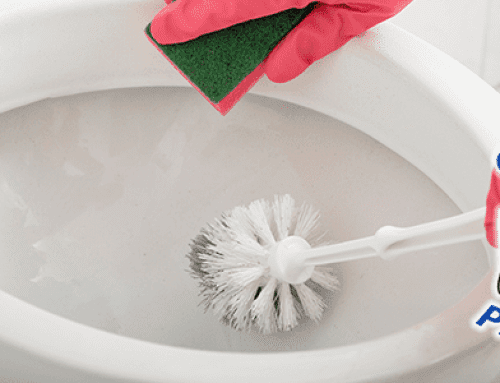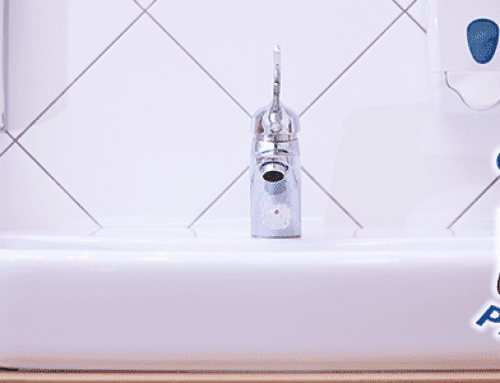Some homeowners struggle with their dishes coming out of the dishwasher cloudy or unclean. If you have these issues, it is time to give your machine a good cleaning. Your dishwasher goes through a lot to get your dishes clean, so between food particles that are too big to break down or soap scum, there will eventually be buildup that needs to be dealt with. Your dishes will only be as clean as the machine that cleans them. Below are some tips to getting your dishwasher as clean as possible.
Clean the Drain
Step one is to remove the bottom rack of your dishwasher to get access to the drain beneath it. You need to remove the drain filter basket and check for any food particles or other debris that could be trapped there and then give it a good scrub in the sink with regular dish soap. Once you clean and replace this, it allows your dishwasher to drain more efficiently and prevent any undue damage to the machine.
Clean the Spray Arms and Interior
The spray arms of your dishwasher spin around and spray jets of hot water to clean your dishes during the cycle. However, over time food debris or hard water buildup clogs up the jets on the arms. To clear the clogs, use a straightened paperclip or pushpin to clear the debris in each hole. For a really thorough clean, you should then run your dishwasher on the hottest cycle with two cups of white distilled vinegar in a dishwasher-safe bowl in the top rack of the machine. The vinegar will help to break down the detritus that is clogging the spray arms in much the same way it would your shower head. Once that is done, take some more white vinegar and wipe down the gasket around the door of the machine.
Eliminate Odors
Sometimes, even after all the previous steps are completed, your dishwasher still has an odor coming from it. The best way to eliminate that is to sprinkle a cup of baking soda into the bottom of the machine and run a short, hot cycle. The baking soda will neutralize the odors that may be trapped in the machine.
Additional Tips
- If you see or smell signs of mold or mildew in your dishwasher, pour a cup of bleach into a dishwasher-safe bowl in the bottom rack of the empty machine and run a full cycle. However, if the interior of your machine is stainless steel, do not use bleach. Also, never mix household chemicals as the combination could be toxic to your, your pets, or could damage your equipment.
- Make a habit of running the garbage disposal for at least a few seconds before you run the dishwasher. Do this every time to ensure that the drain hose does not become clogged with food debris that was lingering in the garbage disposal.
- Pre-rinsing your dishes is a good idea to remove any food particles that could clog your machine. However, you do not want to completely clean the dishes before putting them in the dishwasher. A little bit of grease is actually necessary to react with the dish soap and truly get your dishes clean and disinfected.




